A greenhouse in the garden brings some advantages. On the one hand, the harvest can be prolonged, and on the other hand, increase crop yields. But this requires a good composition of the greenhouse soil. More about this below.
Contents
- 1 How often should you replace the soil in the greenhouse?
- 2 Greenhouse soil – composition
- 3 Garden soil
- 4 horse and cow manure
- 5 compost
- 6 Clay
- 7 Sand
- 8 peat
- 9 Lime
- 10 Bark mulch
- 11 Refreshing usually sufficient
- 12 Use of horse manure
- 13 Calcium cyanamide & compost
- 14 fertilizer peat
- 15 Use of liquid manure
- 16 Watering the compost
- 17 Observe crop rotation
- 18 Reasons for replacement
- 19 Frequently asked questions
- 20 Why does the substrate in the greenhouse start to mold?
- 21 Why does the greenhouse soil suddenly turn green?
- 22 How deep should the soil be in a greenhouse?
- 23 Author
How often should you replace the soil in the greenhouse?
We advise to replace the soil in the greenhouse every three to four years. If the soil is not yet completely depleted, it is usually sufficient to remove the top layer at a height of 20 to 30 cm and apply fresh soil. However, if the soil no longer contains any nutrients, a complete replacement is due. For this purpose, a layer of soil of 40 to 50 cm is exchanged. The best time for this is the end of March to mid-April. However, a soil analysis should be made before a complete exchange. This should contain information on the pH value and humus and nutrient content.
- Composition of the greenhouse soil important for a good harvest
- it is not necessary to replace the substrate every year
- usually a regular refreshment of the greenhouse soil is sufficient
- Crop rotation must be observed
Greenhouse soil – composition
The composition, structure and nutrient content of the soil in the greenhouse is crucial for the cultivation and a good harvest of vegetables. The soil used should have the following characteristics:
- loose and airy
- crumbly to fine crumbly
- rich in nutrients
- must not compact
- no formation of waterlogging
A good soil for the greenhouse should be mixed as follows:
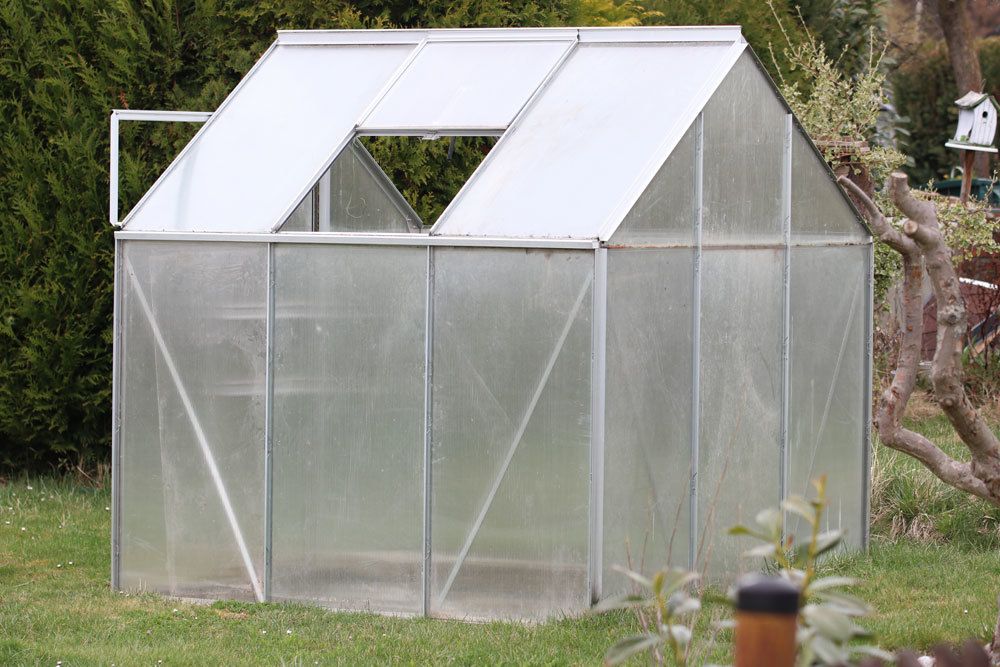
Garden soil
- at least one third
- can be loose or firm
horse and cow manure
- very good alternative to compost
- contains many nutrients
- note origin
- use only from organic farming
compost
- if no manure is available
- very rich in nutrients
- use one third
Clay
- work in twelve parts of clay
- do not use too much
- solidifies soil
- too dry soil becomes wetter
Sand
- six parts sand
- loosens soil
- brings moisture into the soil
- not too much, lowers nutrient content
peat
- not very environmentally friendly
- but lowers pH-value of the soil
- only use if soil is to become more acidic
- measure pH-value before use
Lime
- use if soil is too acidic
- use twelve parts of lime
- improves soil structure
- work in before planting time
Bark mulch
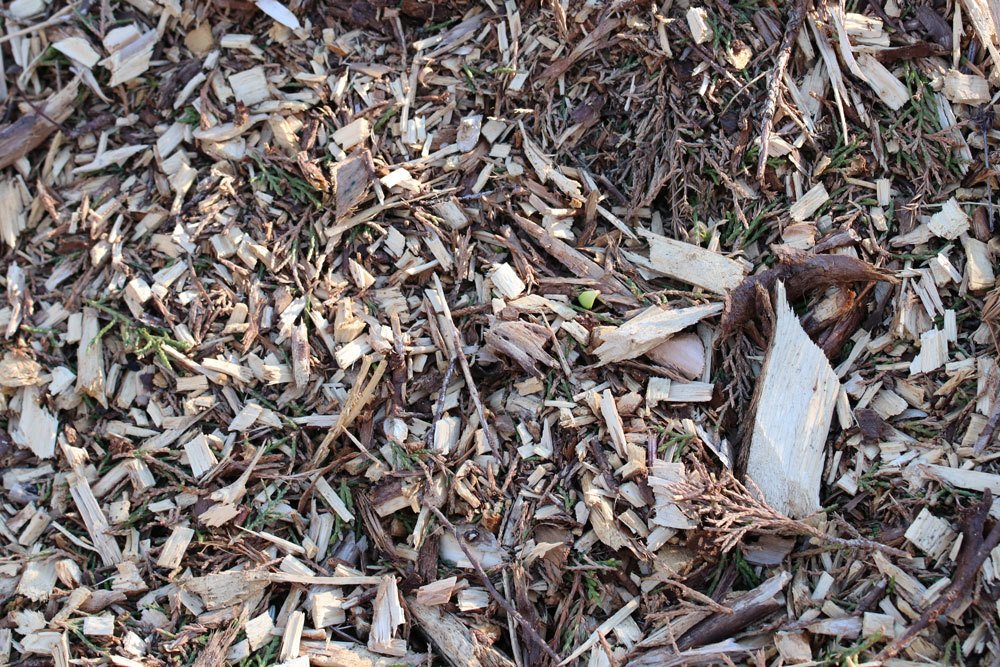
- rich in nutrients
- keeps moisture in the soil
- give whole yearly over soil
Note: If seeding is to be done, the soil must not be too nutrient rich. If possible, do not use compost, but use sand.
Refreshing usually sufficient
The soil in the greenhouse is used more intensively during a gardening season than in the open. Plants regularly extract nutrients from the soil and, in addition, microorganisms decompose the individual soil components more quickly in a greenhouse than in a completely normal garden soil. Nevertheless, it is not necessary to replace the greenhouse soil every year. As a rule, refreshing the soil, i.e. feeding it with new plant food, is quite sufficient. Refreshing, or better a regular supply of nutrients, can be done in several ways:
- incorporation of rotted cattle manure
- undermining before planting summer crops
- annually 6 kg of manure per square meter of area
- incorporation also possible in late autumn
Use of horse manure
before incorporation, store well with peat or soil for one year
Incorporate like cattle manure
Note: Regular use of horse manure maintains soil fertility for a long time. Replacing the soil is then not necessary annually.
Calcium cyanamide & compost
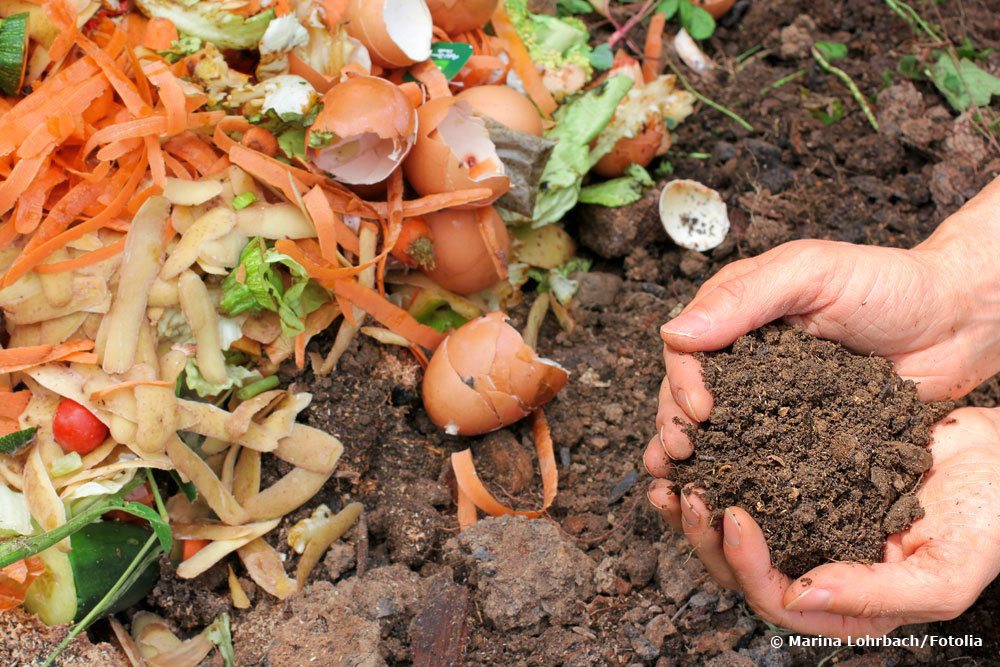
- good alternative to manure
- compost must be well matured and sieved
- regularly apply and work in a layer 5 to 10 cm high
- remove old soil at the same height
- however, wild weeds can grow up
- therefore per square meter area 150 g special lime nitrogen to mix
fertilizer peat
- suitable for heavy and light soils
- nevertheless use of manure necessary
- one-sided, longer lasting use of peat mulches soil
- thus impedes water absorption
Use of liquid manure
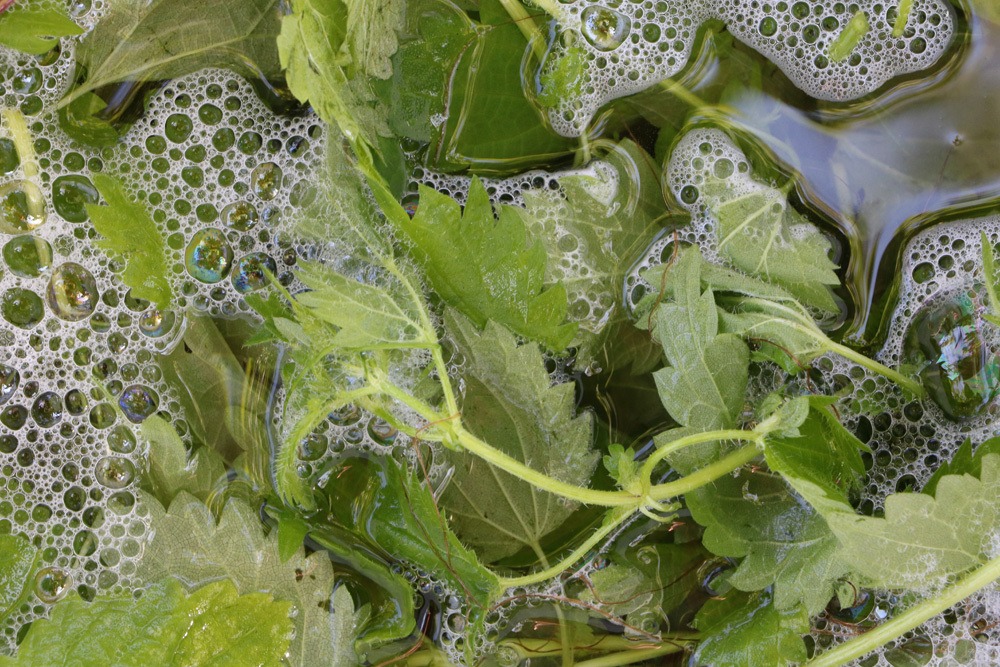
- well suited nettle or comfrey liquid manure
- rich in nutrients
- protect against salinization of the soil
Watering the compost
- Add compost to the water
- stir often and thoroughly
- must dissolve well
- strain and water
Observe crop rotation
It is also very important to observe a crop rotation, so as not to have to constantly replace the soil in the greenhouse. Different plants also have different requirements for soil nutrients, so a proper sequence in cultivation is necessary so that they can be used optimally. Normally, the soil is able to regenerate itself, but time is necessary for this. In other words, the same plants should not be planted in the same place every year. A break of at least three years is always recommended.
Note: In addition, careful and deep tillage is always necessary to avoid drying or waterlogging of the subsoil.
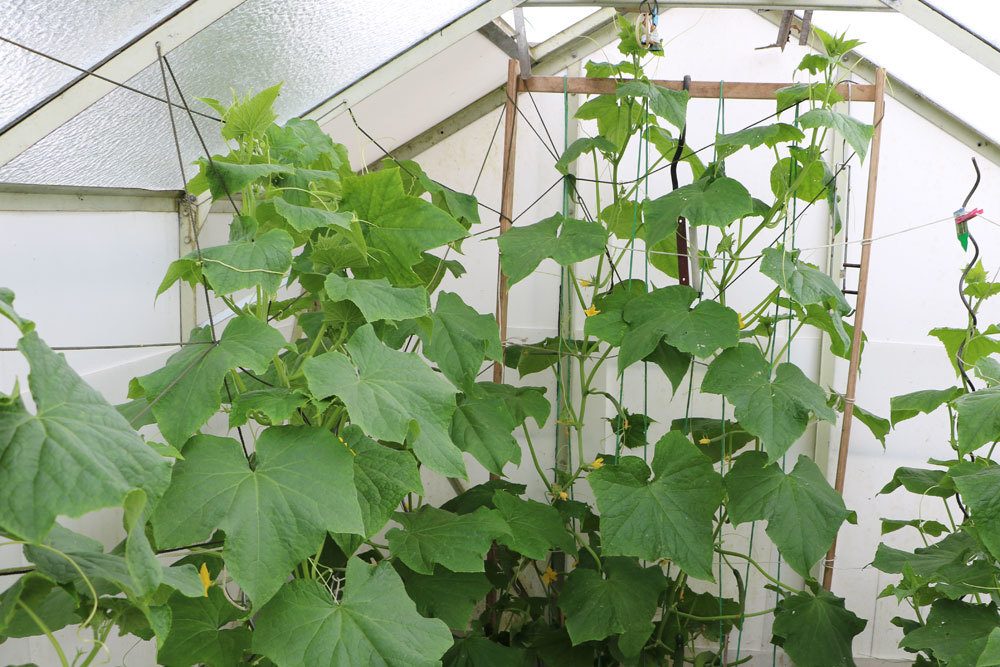
Reasons for replacement
When inorganic fertilizers are used, the growth of soil organisms is inhibited and this is associated with a steady leaching of the soil with the result that the soil must be replaced at regular intervals.
The plants themselves indicate when the soil no longer has the appropriate nutrient content. The following characteristics then appear:
- Soil fungi such as Fusarium or nematodes present in the soil.
- Vitality of the plants is lacking
- use of larger amounts of fertilizers necessary
- poor water drainage
- increased occurrence of pests such as aphids, fungus gnats
- lightened leaves, small fruits (magnesium deficiency)
- inhibited growth (potassium deficiency)
- leaf fall, reduced growth (phosphorus deficiency)
- white leaves (iron deficiency)
Frequently asked questions
Why does the substrate in the greenhouse start to mold?
As a rule, the plants are too dense, then molds have an easy game. In addition, the humidity and temperature should be checked regularly. At temperatures between 15 and 25 °C, a humidity of between 60 and 83 percent is normally sufficient.
Why does the greenhouse soil suddenly turn green?
The reason for the discoloration may be algae. In other words, incorrect watering behavior and insufficient ventilation of the greenhouse is responsible. The soil should then be kept a little drier, but should never dry out. Furthermore, it should then be ventilated several times, that is, open the skylights, windows and doors.
How deep should the soil be in a greenhouse?
It depends on what is to be grown, the decisive factor is the rooting depth of the respective plants. For example, if only shallow-rooted plants such as herbs or leafy vegetables are to be grown, 10 to 20 cm is sufficient. The situation is different for legumes, stem, fruit and root vegetables, where the depth should be at least 50 cm.









